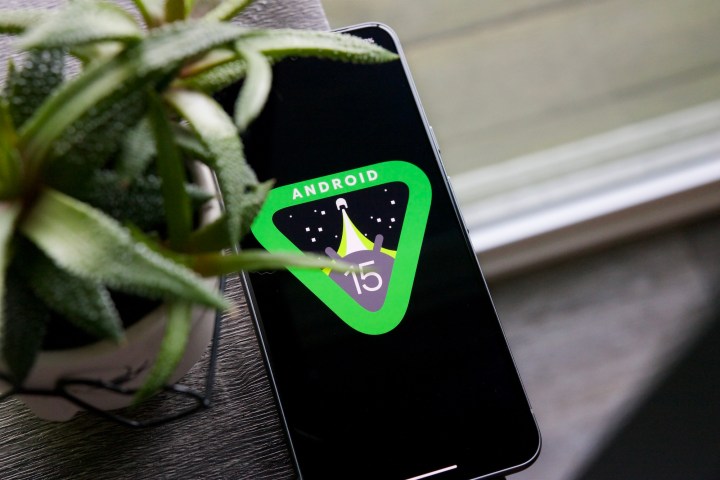
Android 15 has entered its latter leg of testing among developers, and in the coming months, a beta build will finally be released for the masses. So far, across the two Developer Preview builds that Google has released, we’ve encountered a handful of new features that will make life easier for smartphone users in meaningful ways.
- Partial screen sharing
- Notification cooldown
- Keyboard goes quiet
- Easier Bluetooth controls
- Audio sharing
- An HD webcam in your pocket
- App archiving
- More reliable NFC
- Satellite connectivity
- Better PDF experiences
- Small screens get more love
- Performance improvements
- Screen recording detection
- Do Not Disturb upgrades
Among them is a notification cooldown system that shields you from a barrage of audio alerts from your apps. Google has already detailed the changelog to a healthy extent, but not all new tricks have been implemented yet. But there’s still enough to unpack in Android 15, and some of those notable additions are detailed below:
Partial screen sharing
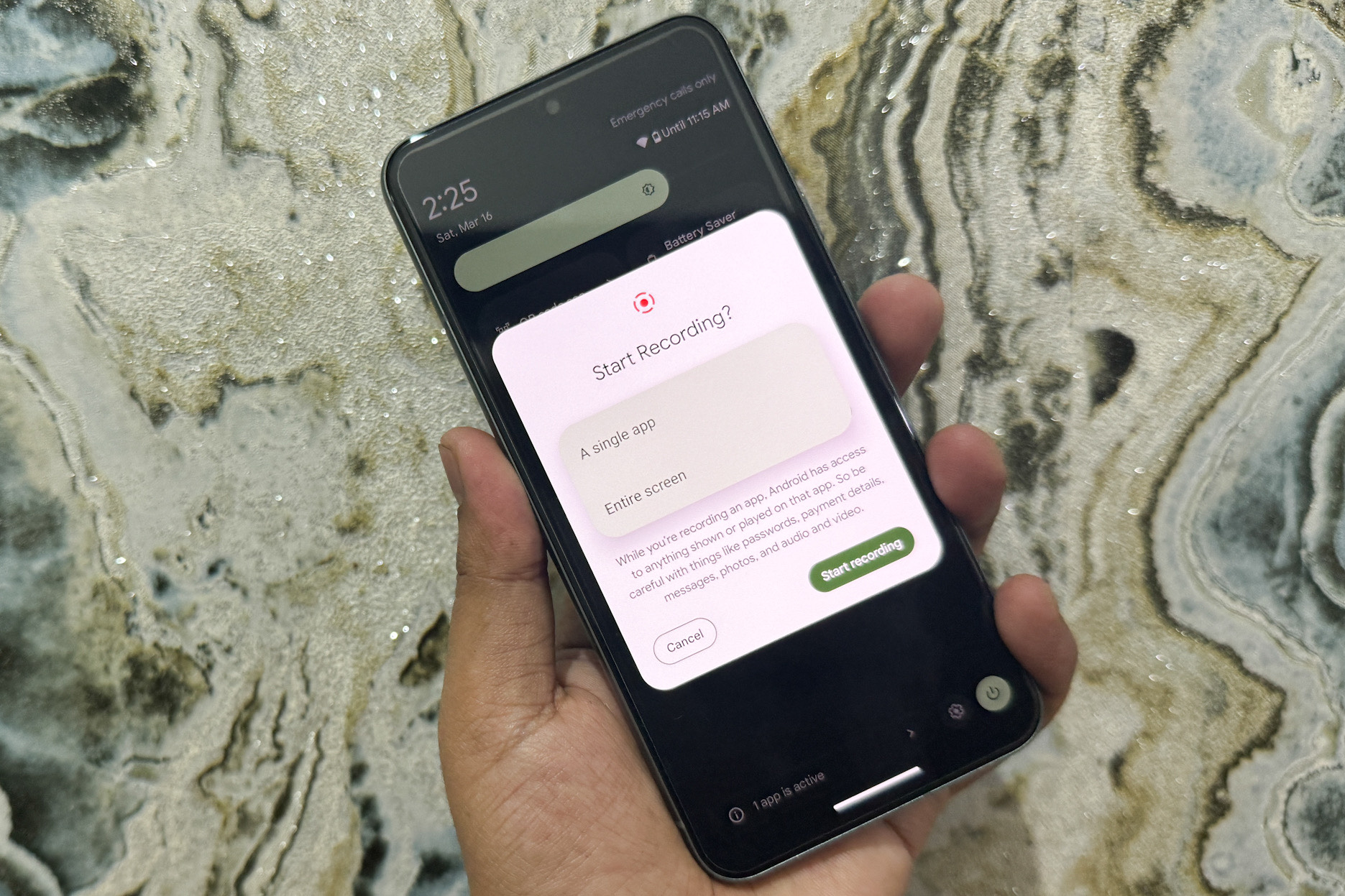
This is one of the more thoughtful privacy-centric additions, one that saves you the hassle of trimming the unnecessary bits in the screen capture videos or even prompts a redo of the whole effort. Before starting the native screen recording feature, the application asks you to pick which app you’d like to feature in the recording.
After starting the video capture with the selected app, the video will exclusively display activity from that particular app. If you switch to multitasking and access different apps during the recording, these activities will not be captured or shown in the final video.
Notification cooldown
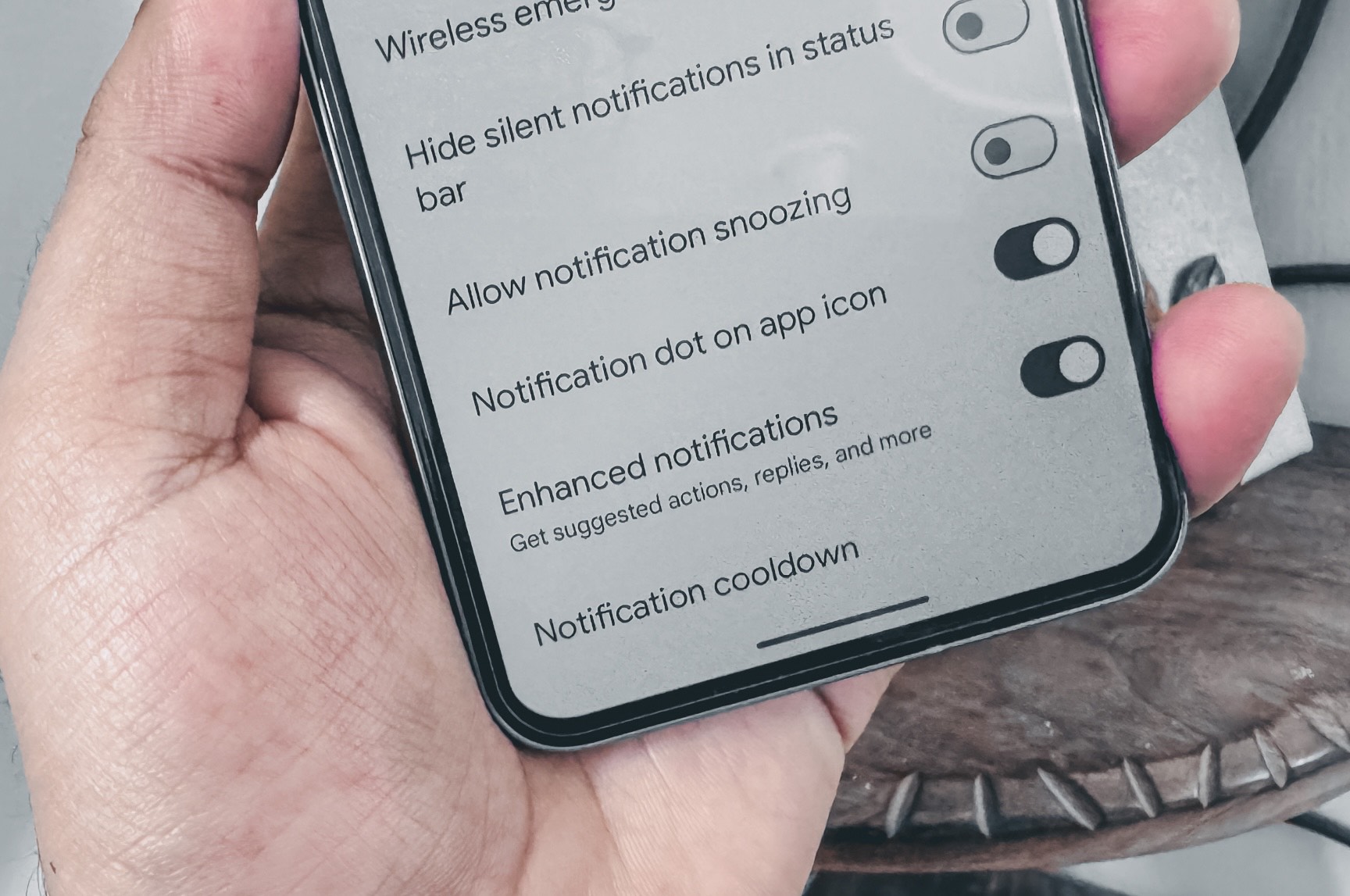
I wrote a detailed breakdown of this feature in our Android 15 first impressions piece, and there hasn’t been a day after that when I haven’t been rescued by it. This feature groups all the concurrent notifications from each app into a neat bundle. The first notification enters with a full-blown audible alert, but after that, each new alert from the same app turns down the volume notch by notch.
This way, it becomes easier to tune out — or at the very least, it’s not as jarring as having the same ping go off like an unending auditory timeout. You can choose to apply it on an app basis or only for conversations such as legendary chats happening in Instagram groups or game-centric Discord chats.
Keyboard goes quiet
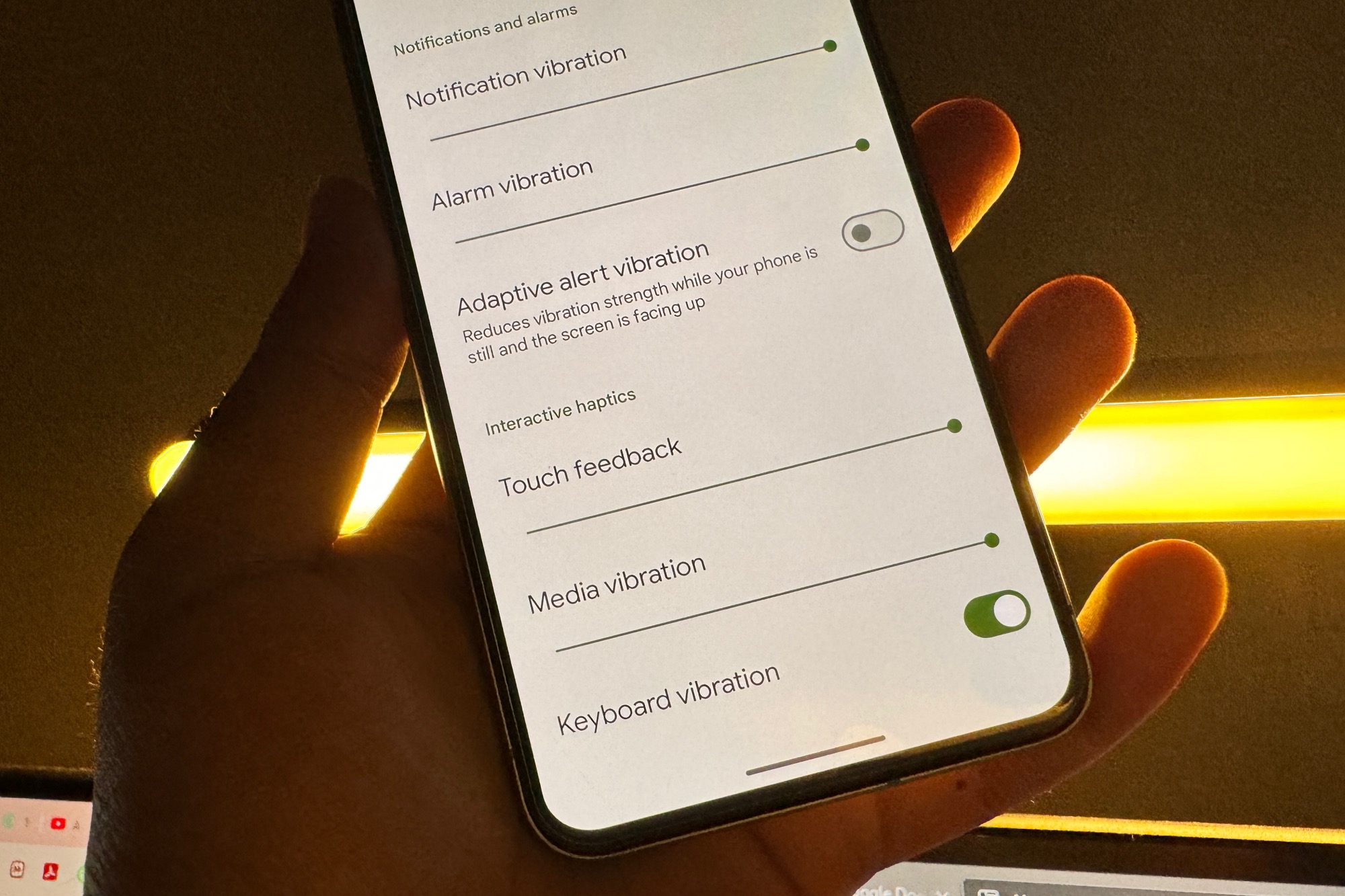
Notably, the feature also ties in directly with the “Haptic feedback on keypress” option in the Gboard settings section, which means you control the haptic behavior from within Gboard or by directly visiting the Settings app.
Easier Bluetooth controls

In its current iteration,
In
The gear icon corresponding to each device takes you to the dedicated accessory page where you can disconnect, forget, and play with features such as Find My,
Audio sharing
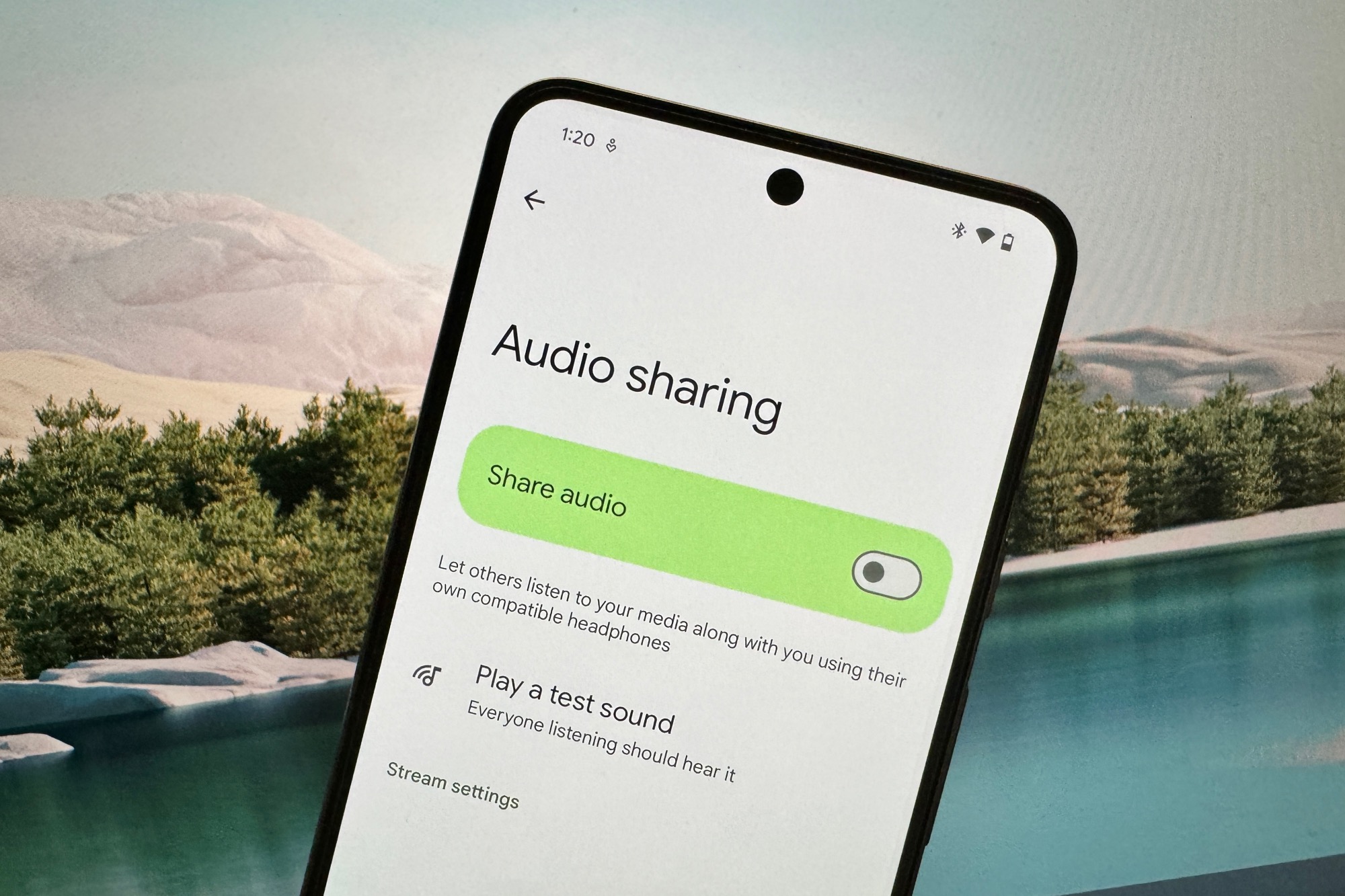
Another convenient addition is a new Audio Sharing feature that appears at the top on the “Connected devices” page in the Settings apps. Google says it lets “others listen to your media along with you using their own compatible headphones.”
Unfortunately, this feature doesn’t seem to be functional at the moment. The objective is clear — allow multiple users to stream the audio file from a source device, which sounds great for enjoying content with friends and family on a tablet or just jamming to a Spotify track together.
There is a beautiful accessibility side to it that will allow users to more effectively convey what they want to say to a loved one who relies on hearing aids. However, we don’t know just how many devices it will support for sharing an audio stream.
An HD webcam in your pocket
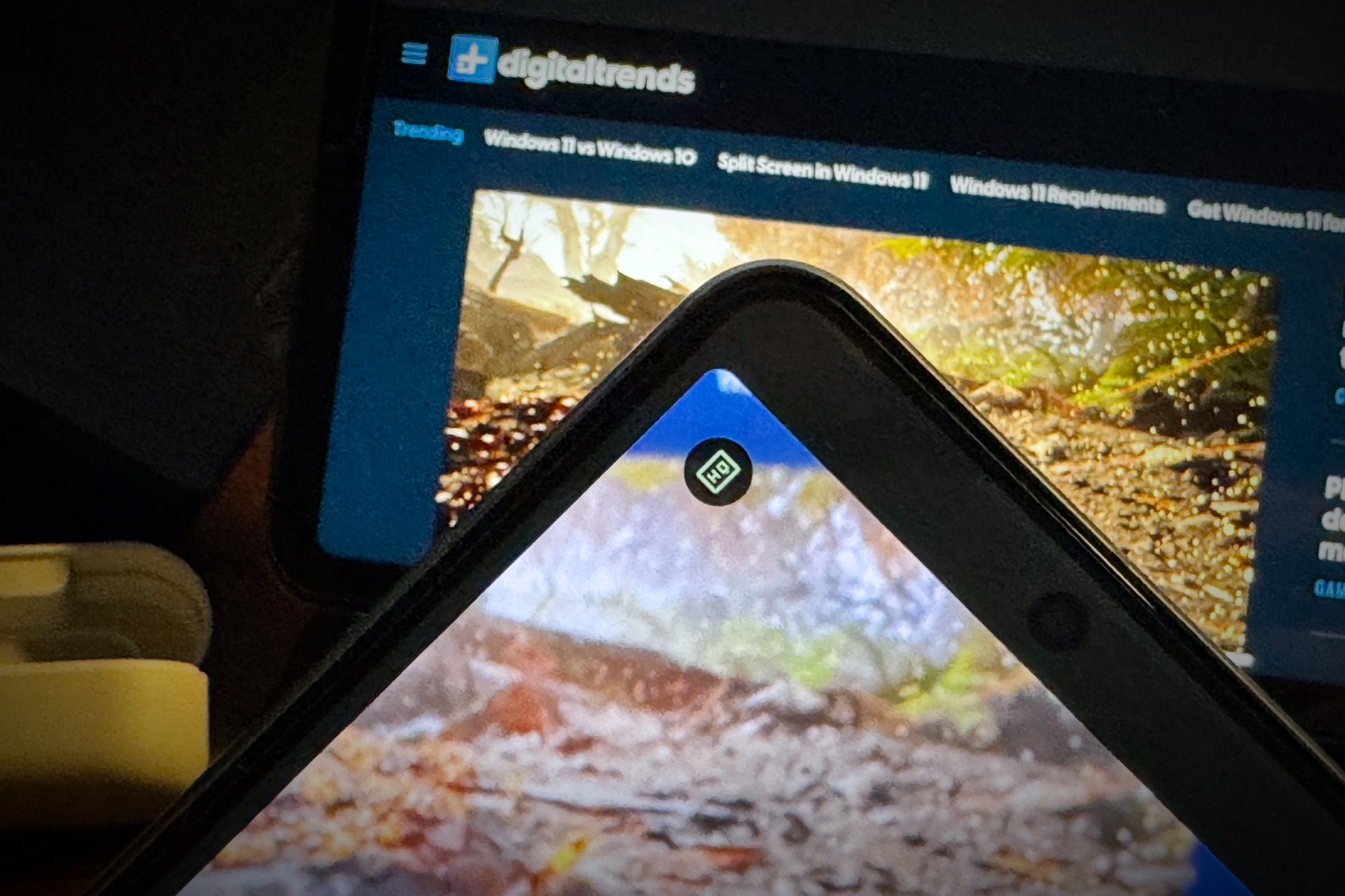
When Google released the first
But Google still kept it locked to a lower resolution. In
App archiving
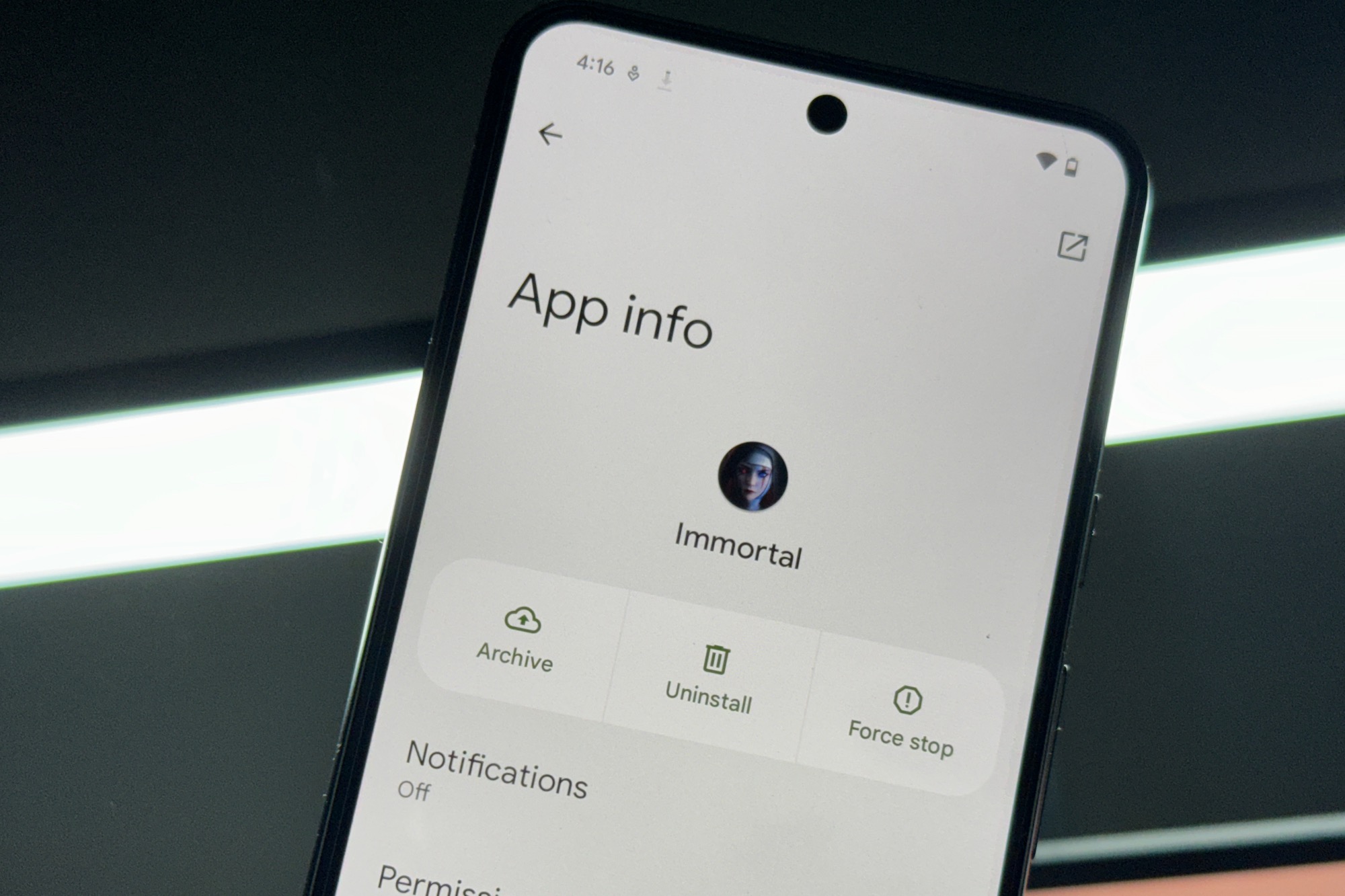
One of the biggest pain points of installing heavy games and emulator files is that they will just sit and eat into the storage space if you’re not proactive.
Just long-press on an app’s icon, tap on the info button, and you will see a new Archive option. This feature deletes a healthy bunch of the assets and only keeps a rudimentary version of the app stored on your phone without uninstalling it. The next time you want to access the app, just hit the “Restore” button and wait for the missing files to download from the Play Store in the background.
On the second developer preview version of
More reliable NFC
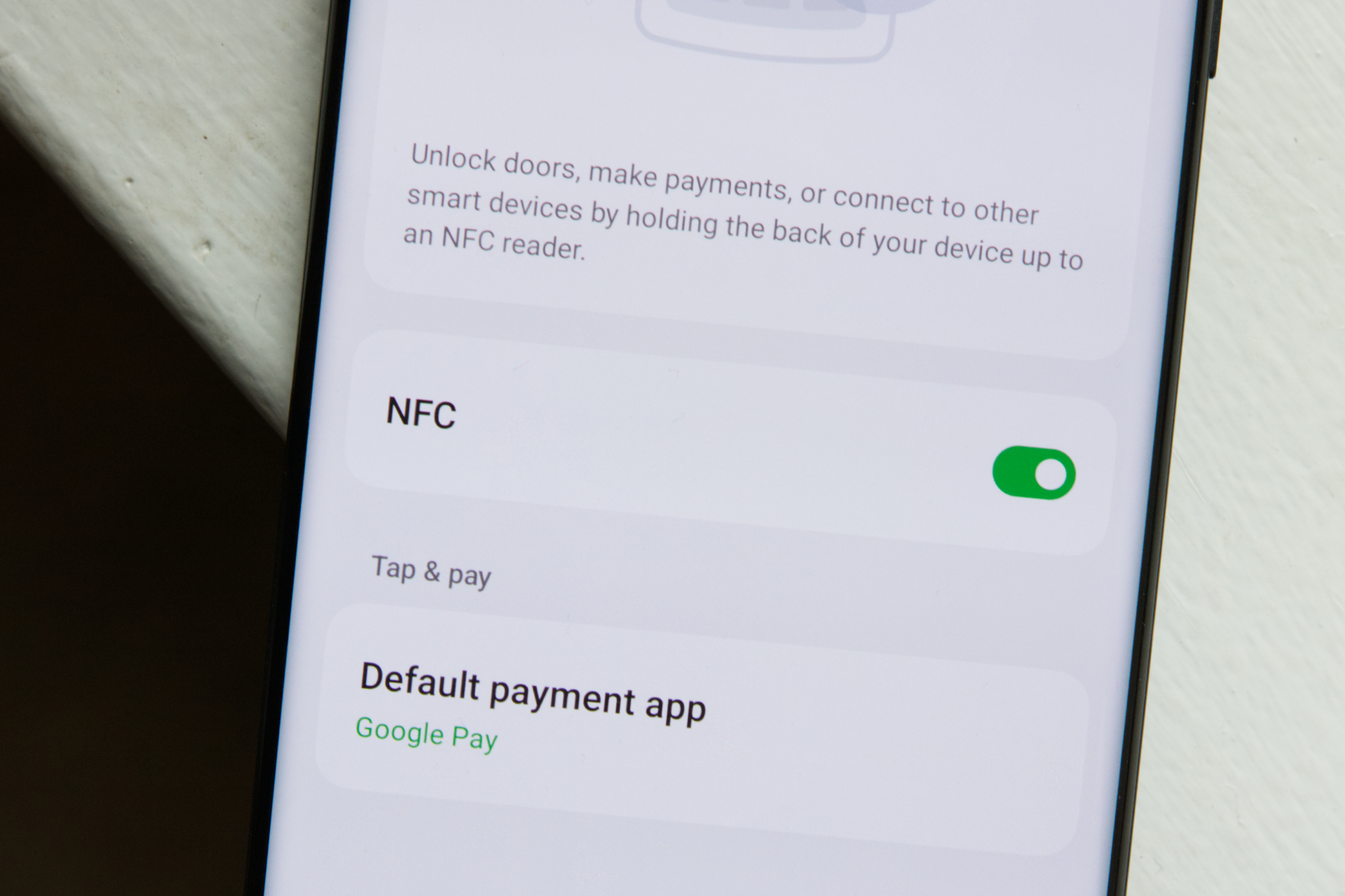
Google says that on compatible devices, apps can make the NFC feature just listen without responding to
I’ve often encountered those “Please tap it again” or “Looks like it needs a restart” moments at stores. With
Satellite connectivity
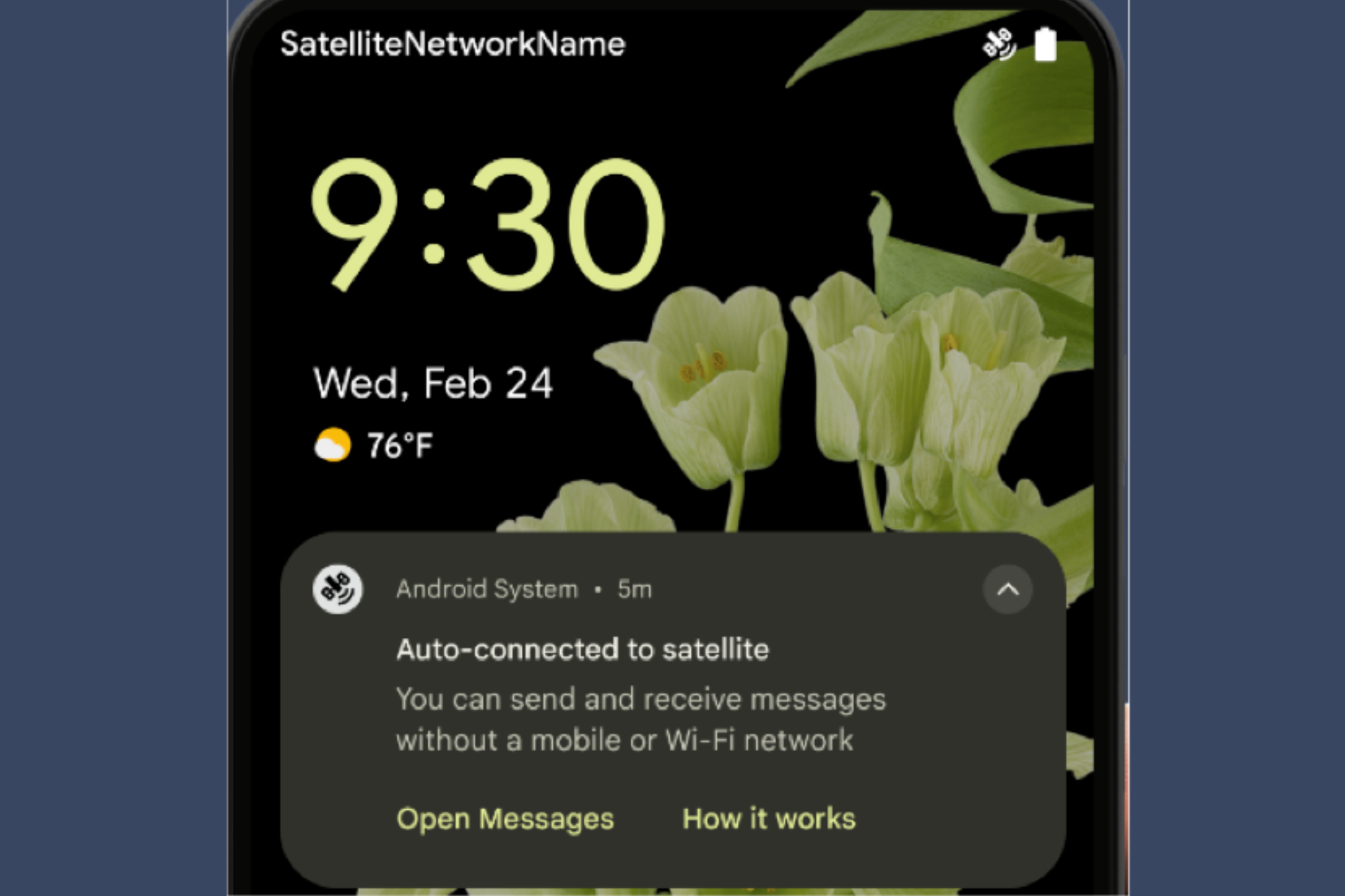
As satellite connectivity on
Better PDF experiences
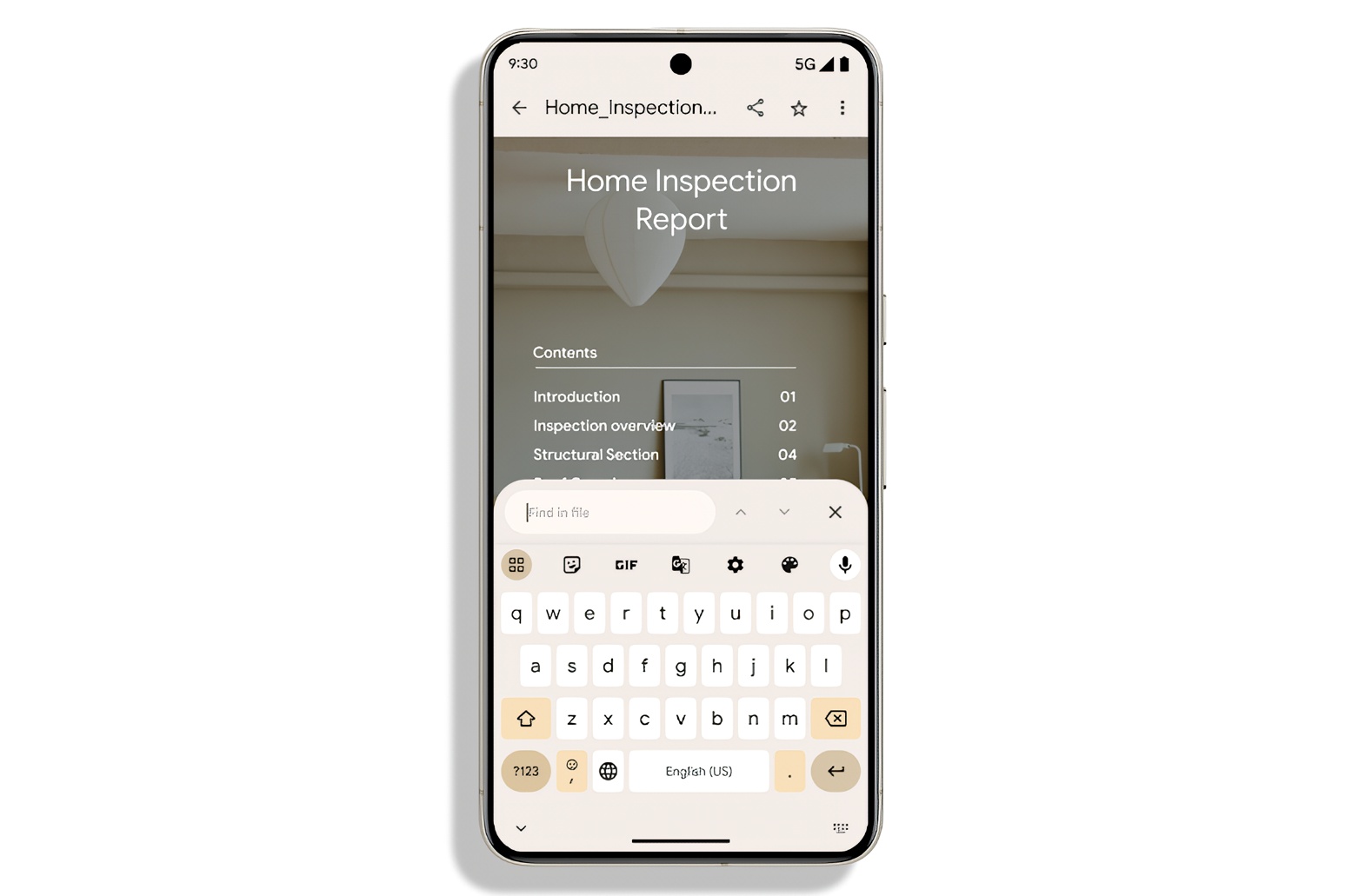
Interacting with a PDF file on
“Apps can incorporate advanced features such as rendering password-protected files, annotations, form editing, searching, and selection with copy,” says Google. Google is pushing Linearized PDF optimizations that not only reduce the load on system resources while interacting with PDF files but also make the whole process more fluid.
Small screens get more love
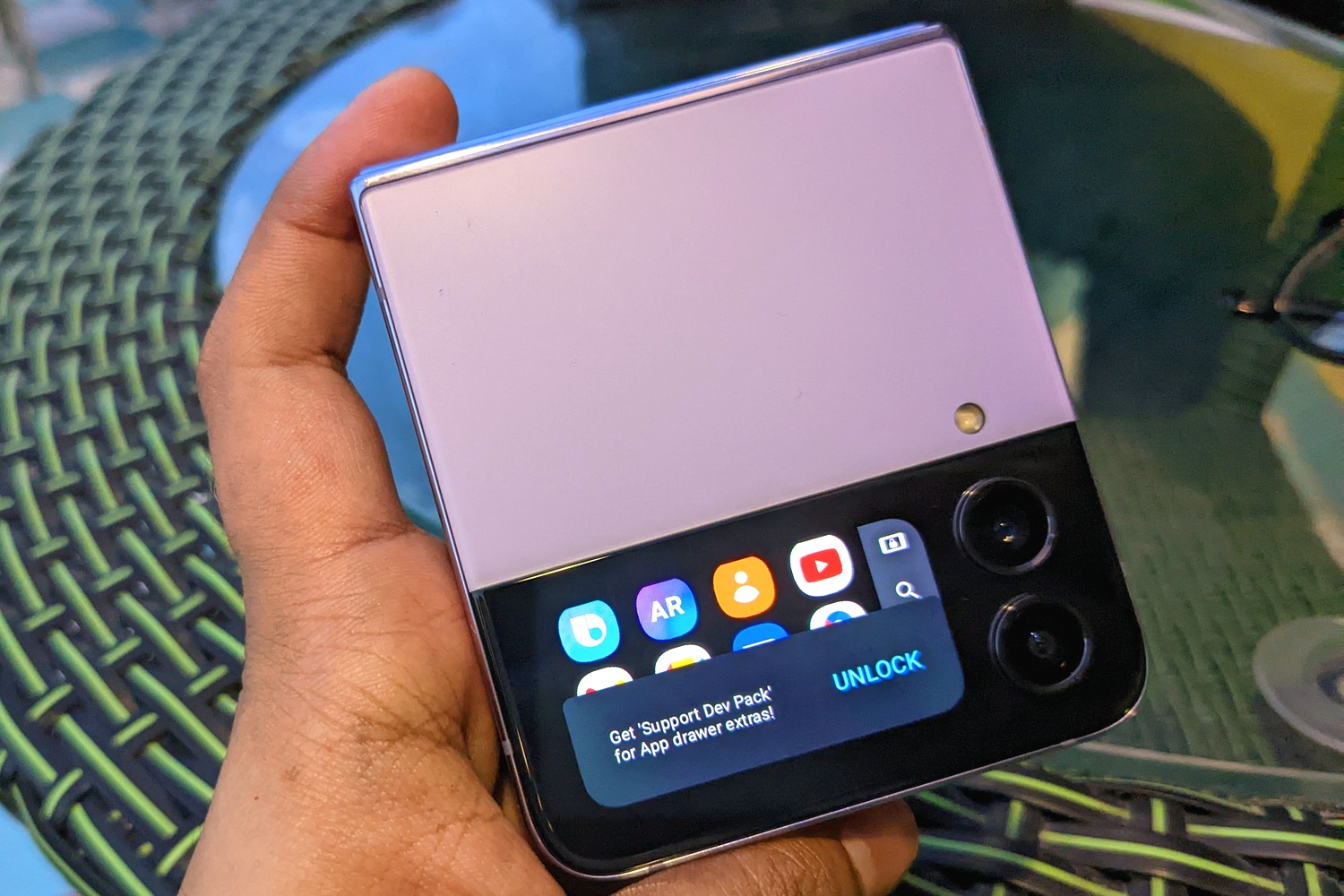
Google started making bold foldable-centric UI optimizations with
This has kept the small screen experiences fairly limited, prompting foldable phone enthusiasts to use hacks like CoverScreen OS to run full-fledged apps. Yes, not all apps work as expected, and neither should they. But a bit of flexibility here could’ve gone a long way.
Performance improvements
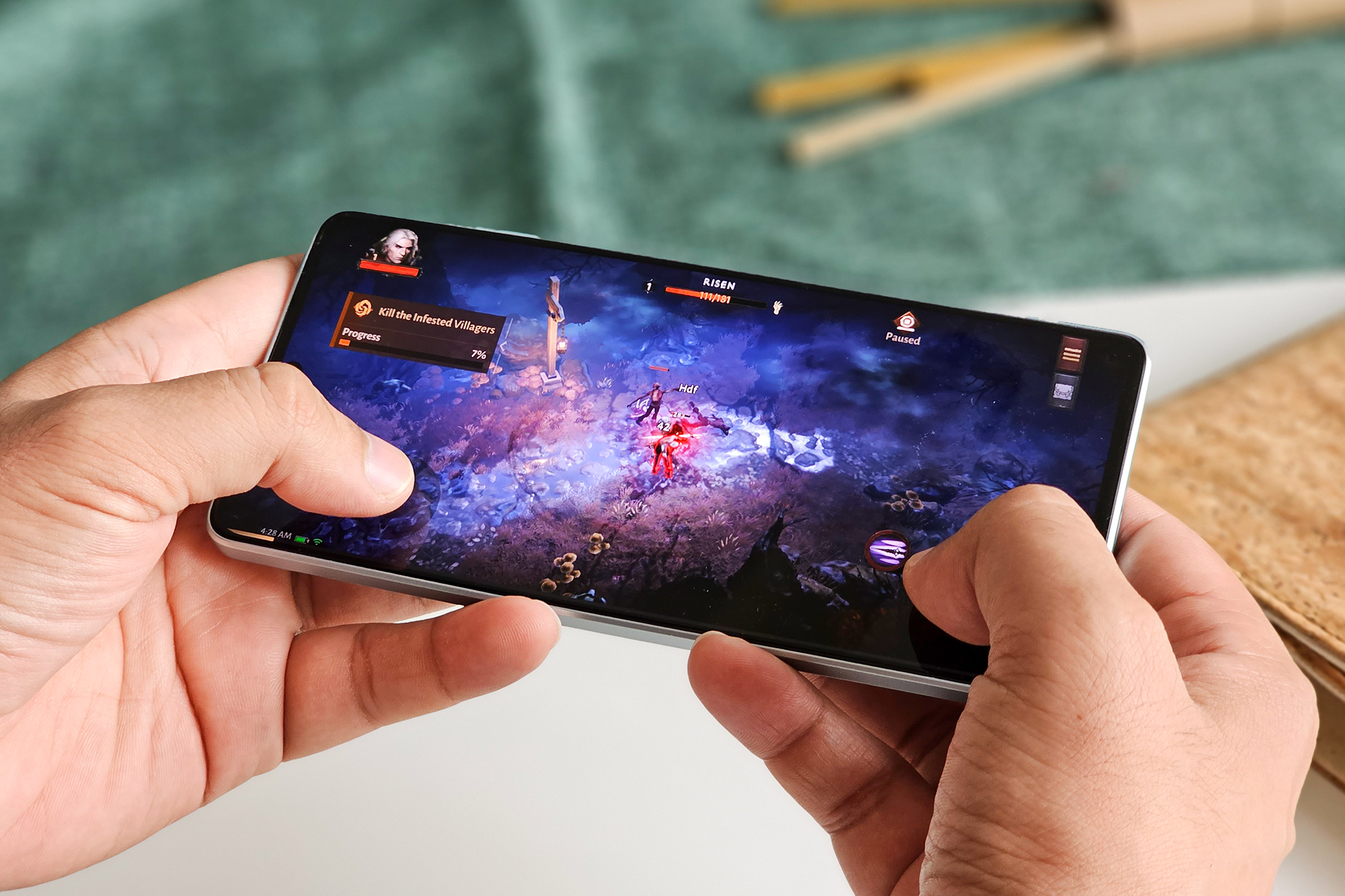
Google offers a set of APIs called
ADPF is like a secret toolbox that lets video games and other apps that need a lot of power chat with
In
Screen recording detection
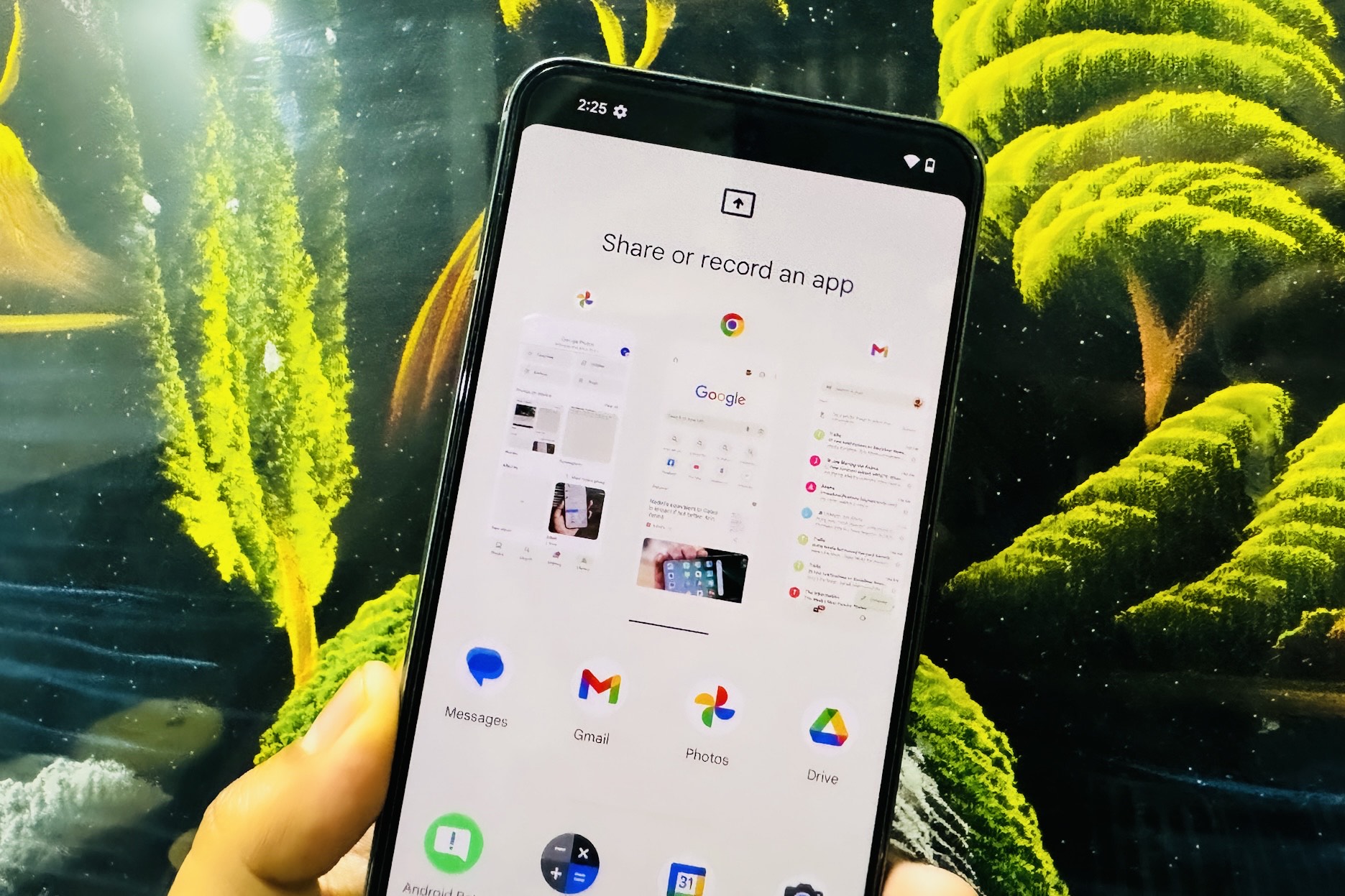
Users can be notified about it via an in-app alert or separate notification, telling them that their interactions are being watched or saved. This helps make things clear and builds trust about their privacy. It could come in handy not just for solving technical issues but also as a safety measure against malware that engages in activity logging.
Do Not Disturb upgrades
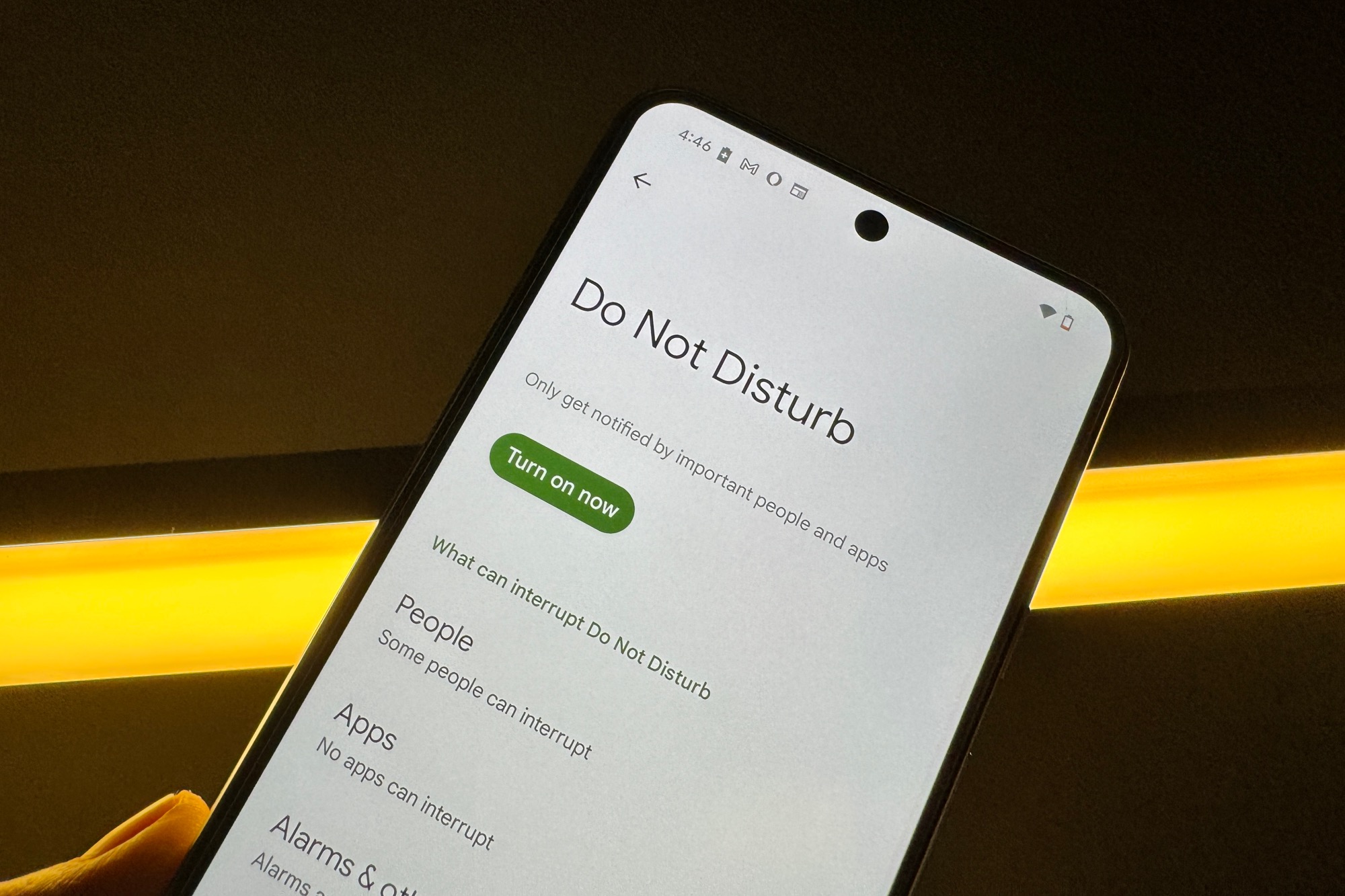
When you enable Do Not Disturb mode on your phone, the intent is clear: You don’t want apps and notifications to distract you. But sometimes, we need a more heavy-handed approach that makes us actively avoid reaching for our phones or when we simply need to give some rest to our eyes before falling asleep.
Editors' Recommendations
- Worried about the TikTok ban? Here are 5 TikTok alternatives you should use
- Every Android tablet we’re expecting in 2024
- Why you should buy the iPhone 15 Pro instead of the iPhone 15 Pro Max
- Android 15 might add a new way to charge your gadgets
- The 6 biggest announcements we expect from Google I/O 2024



